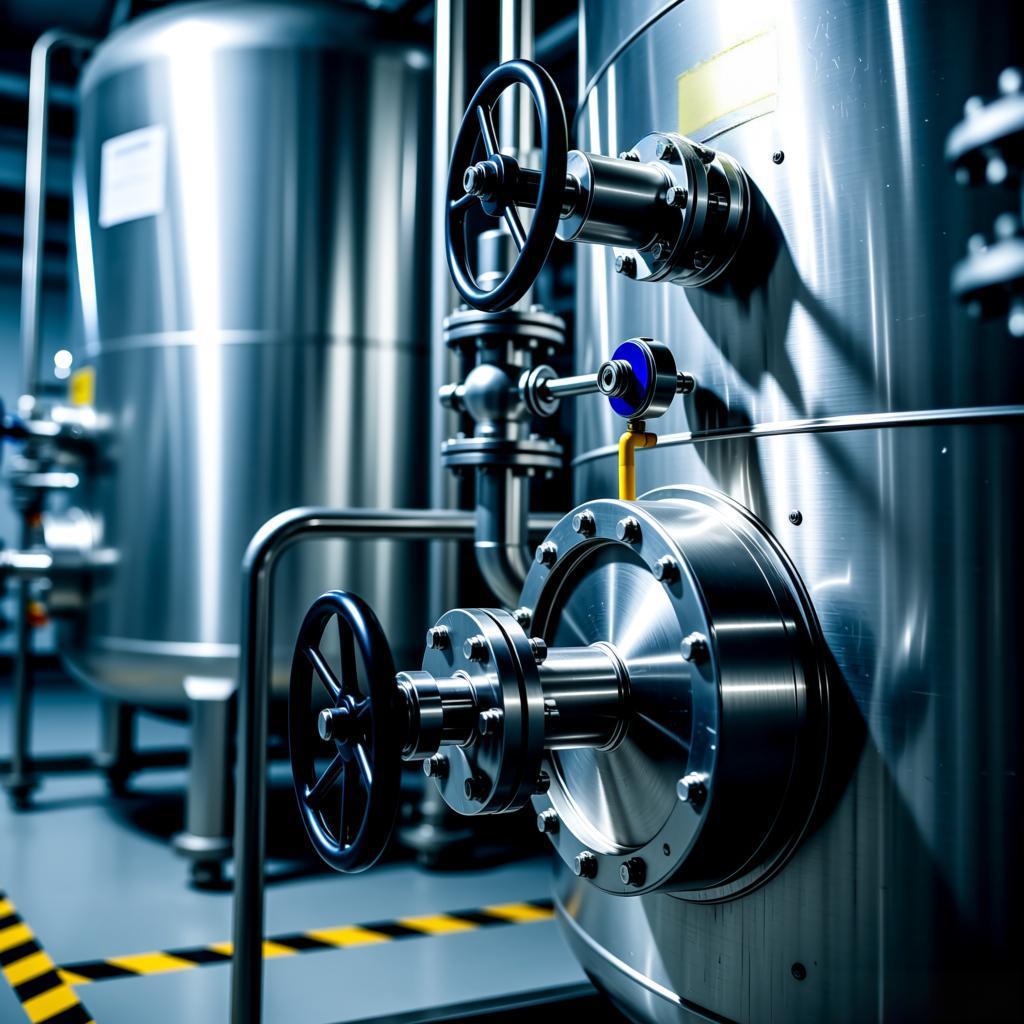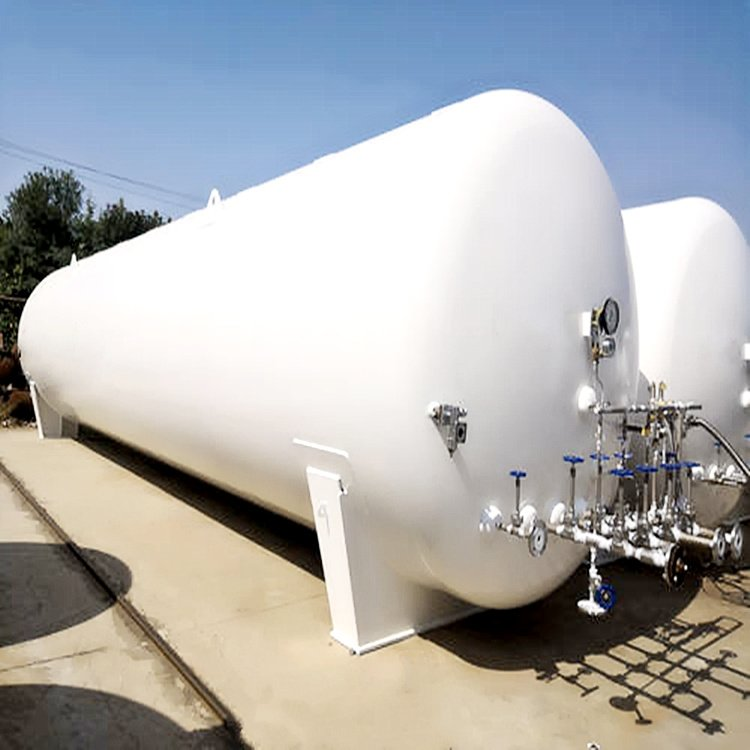Liquid nitrogen storage tanks and nitrogen systems play a significant role in the production of lithium-ion batteries. When the volume of the power battery is large, it must be baked before filling the battery fluid. After baking is completed, the vacuum state inside the oven is removed by filling it with nitrogen, which not only effectively prevents high-temperature oxidation but also significantly accelerates the cooling speed. Nitrogen, as a colorless, non-toxic and odorless inert gas, plays multiple protective roles in the manufacturing of lithium batteries:
- Gas protection function: Nitrogen can isolate oxygen, preventing electrode materials from oxidizing at high temperatures, thereby extending battery life.
- Drying treatment: The nitrogen used for lithium batteries must be kept dry to ensure the purity of the production environment.
- Deaeration function: Introducing nitrogen can effectively remove oxygen from the solution, preventing oxygen from participating in electrode reactions and avoiding electrode corrosion.
- Stabilizing the electrolyte: As an inert gas, nitrogen helps maintain the stability of the electrolyte, thereby enhancing the overall performance of lithium batteries.

Application specifications of nitrogen in lithium-ion Battery factories
1.1 Nitrogen supply system
The nitrogen supply system should be equipped with nitrogen generation devices within or near the lithium-ion battery factory and transported through pipelines. If purchased liquid nitrogen is used, it needs to be vaporized and then transported through pipelines to ensure the stability and purity of nitrogen supply.
1.2 Selection of Nitrogen pipelines and valves
The selection of nitrogen pipelines and valves should be based on the production process requirements of the products. The specific regulations are as follows:
1.High-purity nitrogen (purity higher than 99.999%, pressure dew point lower than -40℃) :
Pipes: It is advisable to use stainless steel pipes with inner wall electrolytic polishing treatment (EP grade).
Valves: Stainless steel diaphragm valves are recommended.
2.Low-purity nitrogen (purity lower than or equal to 99.999%) :
Pipes: Stainless steel pipes with bright annealing (BA) treatment on the inner wall can be adopted.
Valve: Stainless steel ball valves can be adopted.
3.Material consistency
The materials of gas pipeline valves and accessories should be consistent with those of the connected pipelines to ensure the compatibility and safety of the system.
4.Outlet setting for liquid nitrogen vaporized gas:
A buffer tank should be installed at the outlet of the liquid nitrogen vaporization gas.
For systems with long pipeline distances and serving multiple workshops, a secondary buffer tank can be set up at the workshop entry point to ensure the stability of nitrogen supply and pressure balance.

1.3 Specifications for Connection of Nitrogen Pipelines
The connection of nitrogen pipelines shall comply with the following provisions:
- Connection method:
Pipe connections should preferably be made by argon arc welding to ensure the sealing and strength of the connection. - Selection of sealing materials
When the pressure dew point is below -40℃, metal gaskets or polytetrafluoroethylene gaskets should be used as sealing materials for pipeline connections to prevent leakage and maintain the purity of nitrogen. - Hose connection
When using flexible hoses for connection, it is advisable to use metal hoses to ensure the reliability and safety of the connection.
By following the above norms, lithium battery manufacturing enterprises can effectively utilize nitrogen protection systems to enhance the quality and efficiency of battery production, while ensuring the safety and stability of the production environment.

